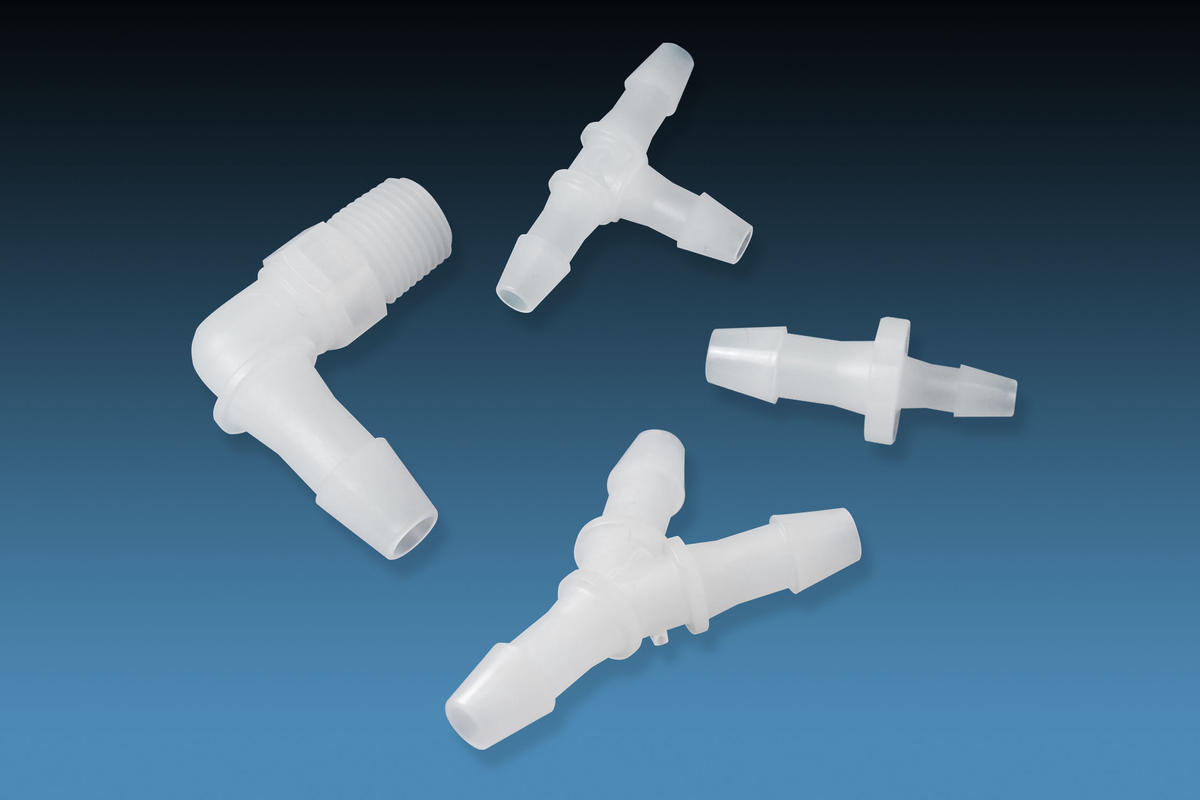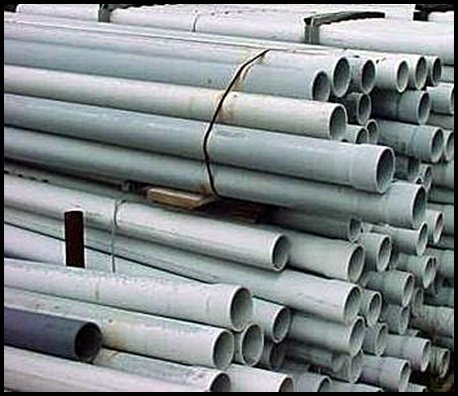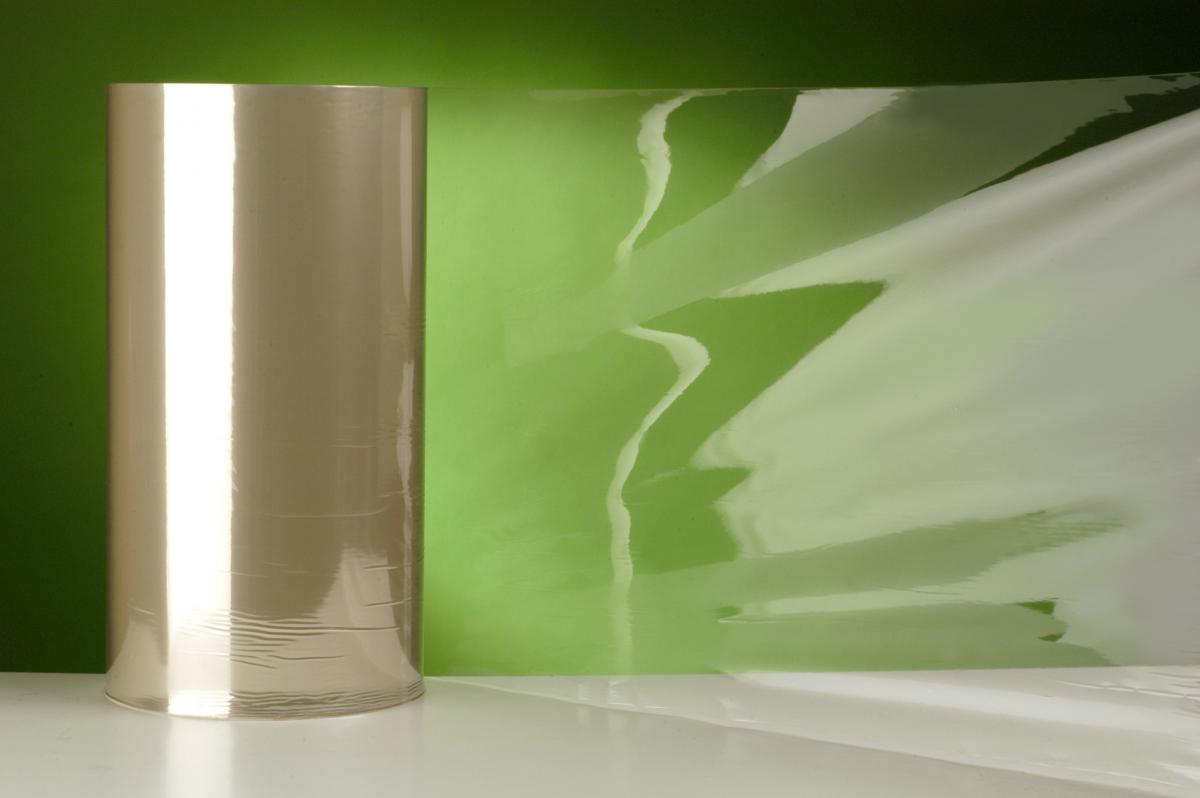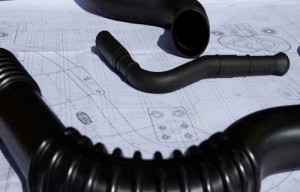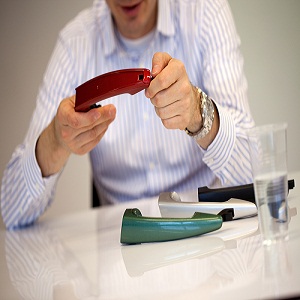
DSM is celebrating a decade of customer successes with its Akulon® Ultraflow extra-high flow polyamide 6 in a wide range of applications. Akulon Ultraflow polyamide 6 flows up to 80% faster than standard grades and enables injection molding cycle times to be cut by up to 25%, all with no significant loss of mechanical properties in the finished part. Processors and users can benefit from reductions in the weight of their parts and in the energy it takes to mold them.
Thin-wall items with long flow paths and high aesthetic requirements benefit especially from Akulon Ultraflow. It provides them with better surface quality, and it creates lower molded-in stress (which otherwise could result in warpage).
When the material was launched back in 2002, Akulon Product Manager Bert Havenith said he was convinced that Akulon Ultraflow provided a solution for many DSM customers. “Housings and enclosures look better in Akulon Ultraflow – and looks are more and more important to consumers,” he said. That remark is just as true today as it was then. And now, with a stronger focus on energy consumption, sustainability and carbon footprints, the benefit for the processor from the ease and speed of processing, which translates into energy savings – and lower costs – has extra significance.
Today, Akulon Ultraflow is approved and used in a variety of applications, including:
- under-the-hood automotive components and assemblies (air cleaners, intake manifolds, engine covers, fans & shrouds, oil sumps),
- high-visibility automotive interior items (door handles, seat adjuster levers, ventilator lamellae, mirror brackets),
- automotive safety applications (air bag containers and such structural parts as front-end modules),
- electrical components (connectors, sensors, overmolded electro-mechanical components, bobbins and solenoids, junction boxes, terminal blocks),
- power tool and lawn & garden enclosures and housings,
- a wide variety of sports equipment (ski bindings, inline skates),
- seat components,
- a broad range of appliance and building and construction applications.
In these and other applications, customers have benefitted from increased productivity (cycle time reduction, lower tooling costs) and increased freedom of design (flow improvement), as well as increased quality levels (surface appearance, weldability) in the finished part. Reductions in cycle times of up to 25% are achieved through a combination of shorter injection- and holding pressure times, faster crystallization speed, and the option to use processing temperatures 30 to 40°C lower than with competing polyamides, which allows cooling time to be cut. The net result is higher productivity and lower system costs.
Opportunities to cut injection molding machine clamp force (enabling the use of smaller machines), increase mold cavitation, reduce the number of injection ports in large parts, and even use smaller tooling, all make their contribution to reduced system costs. Furthermore, the excellent flow characteristics of Akulon Ultraflow offer potential for a significant reduction in part weight. In a large part such as an engine cover, for example, where flow is an important factor in determining wall thickness, it is possible to shave around 1 mm off 3.5-mm thick walls.
DSM Akulon Ultraflow PA 6 formulations include unfilled, high stiffness (30-40% glass reinforcement), and very high stiffness types (>50% glass, as well as glass/mineral combinations). Grades with 60% glass fiber reinforcement have processing characteristics very similar to those of a standard PA 6 containing just 30% glass. Organic heat stabilization packages also available allow for corrosion-free contact between plastics and metal inserts.
Engine Covers in Akulon Ultraflow
Automobile engine covers have proven to be an ideal application for Akulon Ultraflow. Its superior flow allows designers to create parts that would be much more difficult, if not impossible, to mold in standard polyamide 6. Better flow also translates into lower wall thickness and reduced material usage, providing cost savings on what can be quite large parts. System cost savings also accrue through reduced cycle times (around 25% less than with standard PA 6) and lower equipment investments, thanks to the lower injection molding pressures required to fill molds.
DSM has developed grades intended specifically for automobile engine covers. They contain up to 40% of glass and mineral reinforcement, and yet have good surface quality. Their good weldability and aging performance in the presence of hot oils also make them suitable for rocker valve covers, air intake manifolds and other engine compartment solutions.
Electro-mechanical components in Akulon UltraFlow
In electro-mechanical overmolded applications such as solenoids, the material’s ability to be processed at lower injection pressures during the encapsulation process is key, as it minimizes the stress that the melt exerts on delicate electronic components.
Use of Akulon Ultraflow in bobbins addresses two common issues: 1) bobbin collapse during winding; and 2) wire displacement during overmolding. Akulon Ultraflow K-FKG6 and K-FKG8 with 30% and 40% glass fiber are commonly used for this application. Despite their high glass loadings, these two grades easily fill thin walls and provide the necessary stiffness to prevent bobbin collapse. The pressure to fill is typically 20 to 30% less than with standard polyamide 6. Cycle times as short as half those required for standard PA6 have been noted, greatly increasing productivity.
Several sensor suppliers to the auto industry have been using Akulon Ultraflow for years as their primary material for overmolding sensors for crank and camshaft sensors. Akulon Ultraflow works for them because it flows so well over long distances and because they can use low injection pressures when they are overmolding electronics and bobbins. It works great with ‘melt ribs’, allowing for a hermetic seal around an overmolded product. Suppliers appreciate the material consistency that Akulon Ultraflow delivers.
All Akulon Ultraflow grades, even those with high levels of reinforcement, produce parts with improved surface, thanks to their excellent flow characteristics. Fibers do not show up on the part surface, and merging flow fronts do not cause highly visible weld lines.



